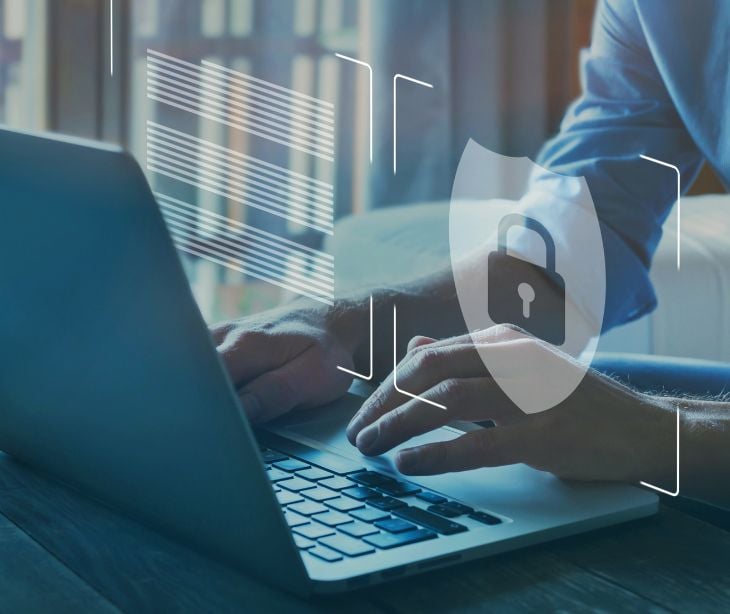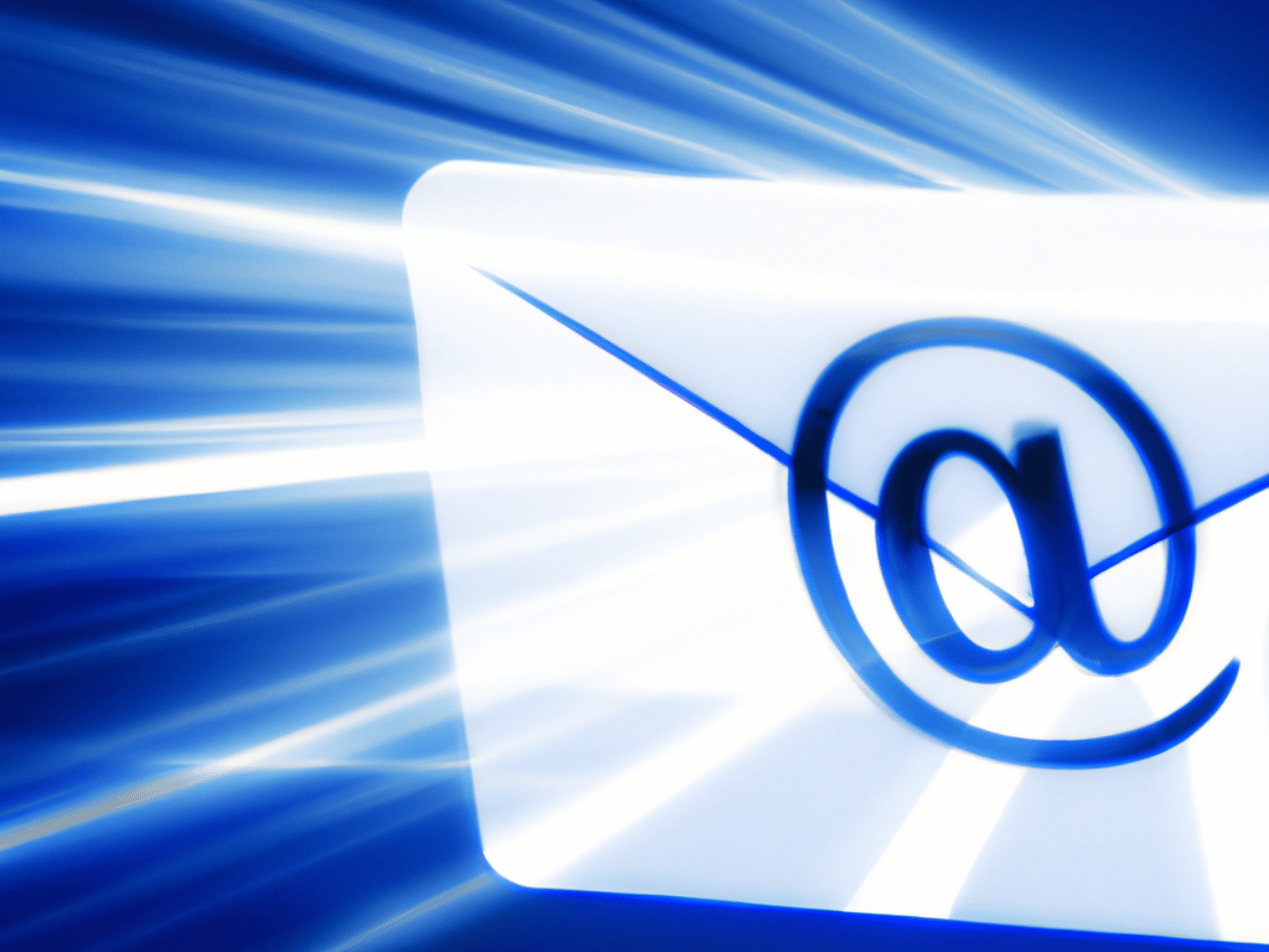3 min read
Do email attachments need to be encrypted to be HIPAA compliant?
Kirsten Peremore
October 04, 2023

Encrypting email attachments is necessary when sensitive or confidential information is transmitted via email. Email is not inherently secure, and without encryption, attachments can be vulnerable to interception or unauthorized access, potentially leading to data breaches or privacy violations.
HIPAA and encrypting email attachments
Email encryption is a must when it comes to HIPAA compliant email in healthcare, particularly when transmitting protected health information (PHI). Email attachments often contain sensitive patient data and must be encrypted to safeguard this information during transmission.
Properly implementing encryption for email attachments helps healthcare providers adhere to HIPAA regulations, reducing the risk of unauthorized access and data breaches while facilitating secure and confidential communication.
Methods of encrypting email attachments
- Transport Layer Security (TLS): TLS is a protocol that encrypts the entire email, including attachments, during transmission between email servers. It's a widely used method for securing email communications in transit. TLS encryption is automatic when both the sender's and recipient's email servers support it.
- Pretty Good Privacy (PGP): PGP uses public key cryptography to encrypt email messages and attachments. Users generate a pair of keys: a public key for encryption and a private key for decryption. Attachments are encrypted using the recipient's public key, ensuring only the recipient can decrypt and access the attachments. PGP can be complex and requires key management, making it unsuitable for most healthcare professionals. PGP is also vulnerable to EFAIL.
- Secure/Multipurpose Internet Mail Extensions (S/MIME): S/MIME is another method for public key encryption and signing of MIME data, including email attachments. Like PGP, S/MIME requires both the sender and recipient to have digital certificates. Attachments are encrypted using the recipient's public key, ensuring secure transmission. S/MIME is integrated into some email clients, making it easier to use for some users.
- Password-Protected ZIP Files: This method involves compressing email attachments into a ZIP file and setting a password. The sender shares the password with the recipient separately, often through a secure channel. This method offers a significant barrier when working with patients who need to navigate passwords and other extra steps.
Ultimately, TLS is the most broadly user-friendly option. When working with email providers like Paubox, all emails and attachments are encrypted by default, making it the most people-friendly approach to minimize HIPAA violations and breaches.
See also: What types of encryption methods encrypt email attachments?
Are email attachments encrypted alongside the email contents or separately?
The choice between inline encryption and attachment-level encryption depends on several factors, including security requirements, user preferences, and the specific email encryption solution in use. While inline encryption simplifies the decryption process for recipients by treating the email and attachments as a single unit, attachment-level encryption offers more control over individual attachments' security. Still, recipients may need additional steps to access and decrypt attachments.
Inline Encryption (Encrypting Email Contents and Attachments Together)
Inline encryption is a method in which the email body (the text of the email) and its attachments are encrypted as a single, integrated package. Here's how it works:
- Encryption process: When a sender composes an email and attaches files, the email encryption system encrypts both the text of the email and the attached files simultaneously.
- Single encryption key: A single encryption key is often used to secure both the email body and the attachments. This means that when the recipient receives the email and decrypts it, the entire message, including the attachments, is decrypted as a cohesive unit.
- Access and viewing: Once the recipient successfully decrypts the email, they can view the email content and the attachments without additional decryption steps.
- Examples: Transport Layer Security (TLS) is an example of inline encryption. TLS secures the entire email message, including both text and attachments, during transmission. When the recipient's email client receives the TLS-encrypted email, it decrypts the entire package, making both the message and attachments accessible.
Attachment-Level Encryption (Encrypting Attachments Separately)
Attachment-level encryption, on the other hand, allows for the email body and attachments to be encrypted separately, offering a more granular approach to securing email content:
- Encryption process: This method encrypts the email body and each attachment as distinct entities. They may use different encryption keys or processes.
- Multiple encryption keys: Multiple encryption keys may be used—one for the email content and separate keys for each attachment. This provides finer control over who can access what.
- Access and viewing: When the recipient receives the email, they may decrypt the email body to read it. If there are encrypted attachments, the recipient must take additional steps to decrypt each attachment individually, often using specific decryption tools or processes.
- Examples: Secure/Multipurpose Internet Mail Extensions (S/MIME) and Pretty Good Privacy (PGP) can provide attachment-level encryption options. With these methods, the email body and each attachment can be encrypted using separate keys or processes.
The best approach to encrypting email attachments
For a straightforward approach to encrypting email attachments in compliance with HIPAA, Paubox offers a solution that encrypts all parts of an email by default, including the subject line and attachments.
This automatic encryption minimizes the risk of human error. It simplifies the process for both senders and recipients, eliminating the need for extra steps or specialized software. The ease of use is particularly beneficial for patients, allowing them to access sensitive information securely and effortlessly, making it a practical choice for healthcare providers aiming for simplicity and reliability in their communication processes.
Subscribe to Paubox Weekly
Every Friday we'll bring you the most important news from Paubox. Our aim is to make you smarter, faster.




